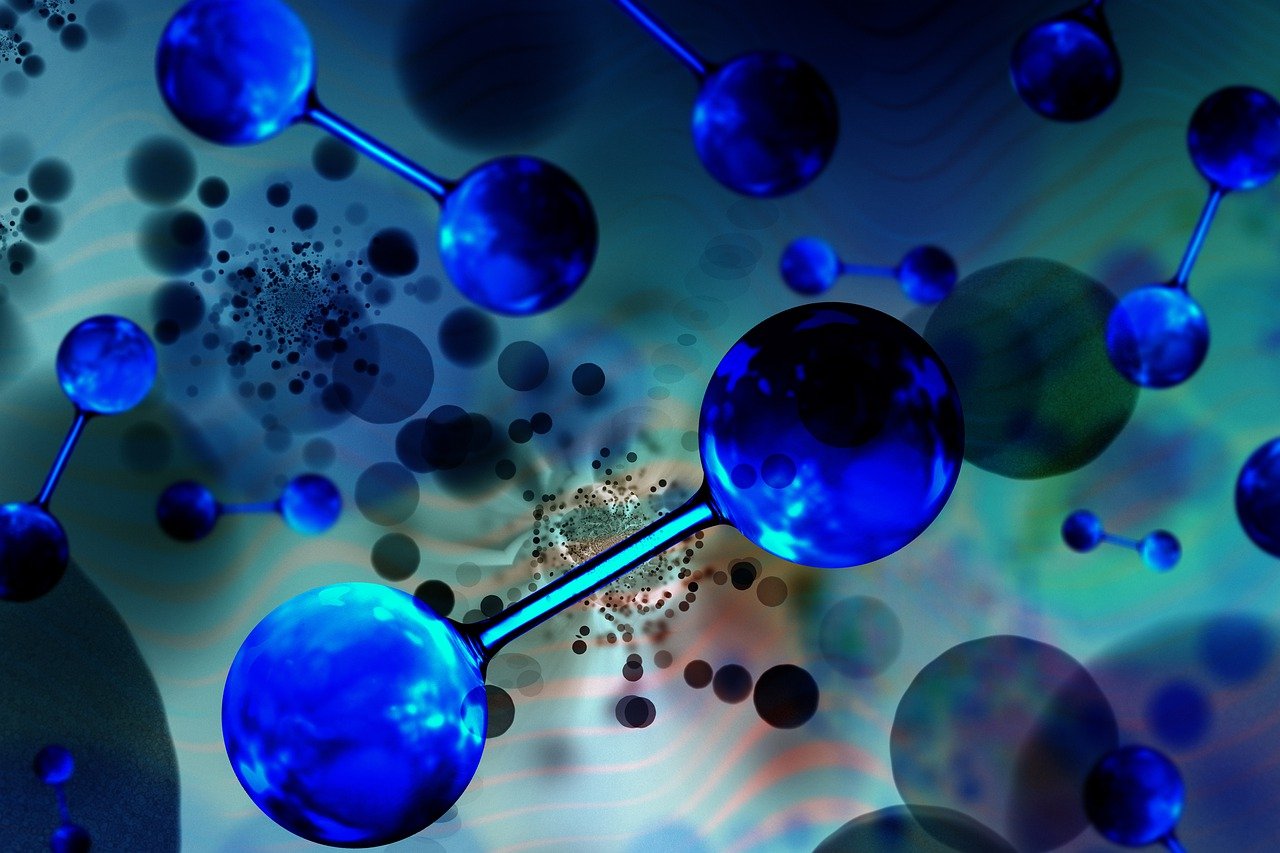
Innovation in the world of agriculture: obtaining water from the air
An important agricultural innovation could revolutionize the lives of the inhabitants of the driest areas of the planet. We are talking in particular of deserts, areas where water resources are scarce and crops are practically nil. A system developed by MIT and studied by several major universities around the world is able to absorb moisture from the air and release it through a condensation process, a process during which it is also able to generate electricity. It looks like a machine from futuristic films, but it is already a reality: in simple words it is a machine capable of generating water and electricity starting from the humidity present in the air.
If it is true that water resources are scarce in deserts, the same is not true for humidity, which can reach 80% during the night. The machine is equipped with an adsorbent panel, i.e. capable of capturing moisture at night, and then release it during the day through a condensation process that uses a hydrogel compound to avoid heating the panel and calcium chloride to retain moisture. It is a sort of photovoltaic panel as large as an average table in our living rooms.
An incredible process that could revolutionize the world of agriculture, and which is already doing so. In the United Arab Emirates, the first plants produced in this way were tested: out of 60 seeds of spinach grown, as many as 57 gave life to a plant about 20 centimeters high and ready to be consumed.
Other innovative technologies had been tested in these areas of the world, but they did not have the same efficiency as the hydrogel mechanism, the compound that serves to cool the photovoltaic panel so that it does not overheat similar to that used in bandages to sanitize and hydrate wounds and burns. In fact, a mechanism was tested that collected water at very high depths, filtered it and made it available for cultivation: this required enormous engineering work to achieve fairly limited results. The hydrogel and sodium chloride tool, on the other hand, could completely change the way people think about agriculture in arid areas. For this reason, agricultural scholars are already working on materials that increase the efficiency of this process, pending the birth of the first large desert crops.








